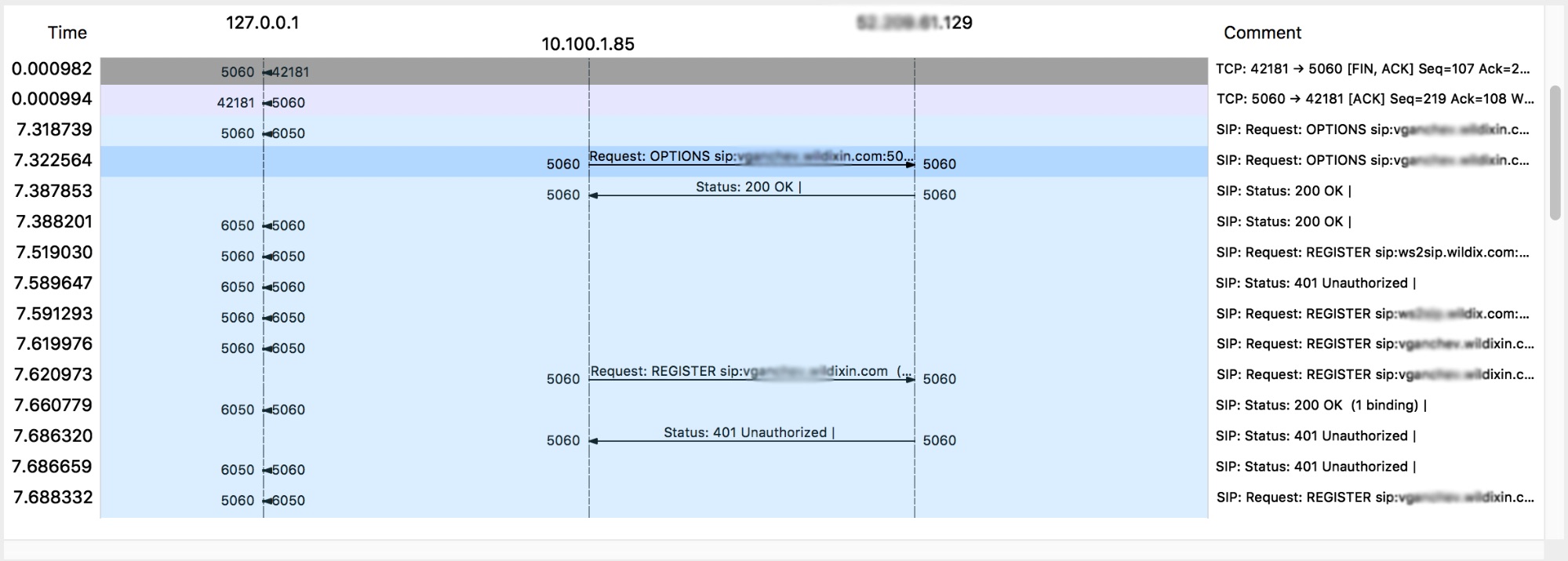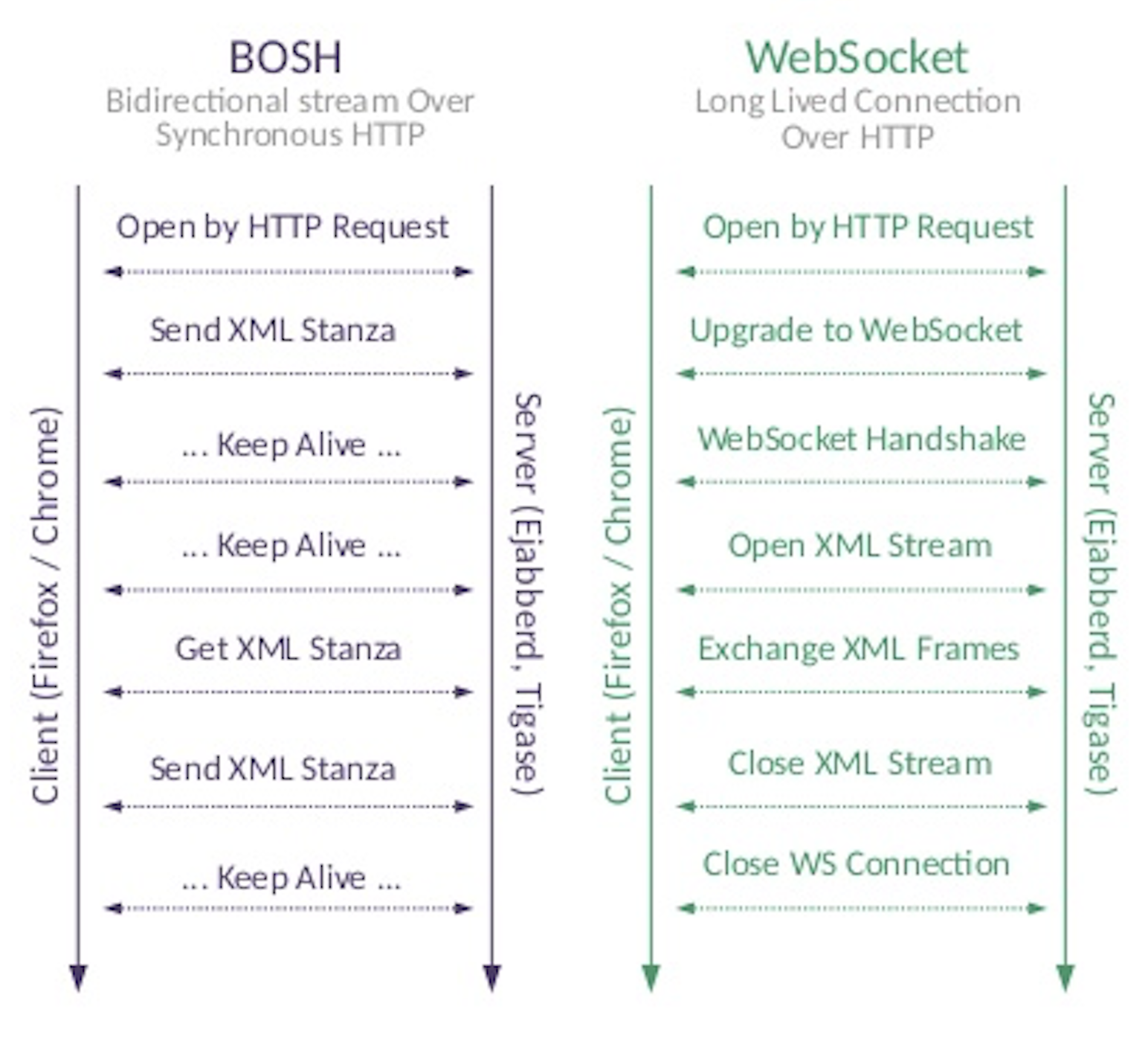 SIP is a peer-to-peer protocol where the roles client – server and exchangeable depending on who starts a session. In reality most deployments foresee a process called registration (method: REGISTER) which allows a central server (registrar) to store the location of a SIP User-Agent.
SIP is a peer-to-peer protocol where the roles client – server and exchangeable depending on who starts a session. In reality most deployments foresee a process called registration (method: REGISTER) which allows a central server (registrar) to store the location of a SIP User-Agent.
A SIP Phone is a client to the central Unified Communication Platform (registrar) – and the UC platform is a client to the SIP Server of the operator (registrar).
Once the SIP Server gets to know the location of an SIP Client, it can deliver calls and other messages to it from other Clients connected to the same Server.
 This blog article will be dedicated to SIP and SIP calls. It is meant to provide an introduction for UC Engineers to the main headers and guide through the debugging of the most popular call scenarios that will be described in the next articles.
This blog article will be dedicated to SIP and SIP calls. It is meant to provide an introduction for UC Engineers to the main headers and guide through the debugging of the most popular call scenarios that will be described in the next articles. In this blog article we continue to analyze RTP and RTCP and we will see why Jitter Buffer is important and how it affects call quality.
In this blog article we continue to analyze RTP and RTCP and we will see why Jitter Buffer is important and how it affects call quality. Media is another vital component of a Unified Communication system
Media is another vital component of a Unified Communication system This time we will talk about transport protocols over the web, in particular, about
This time we will talk about transport protocols over the web, in particular, about